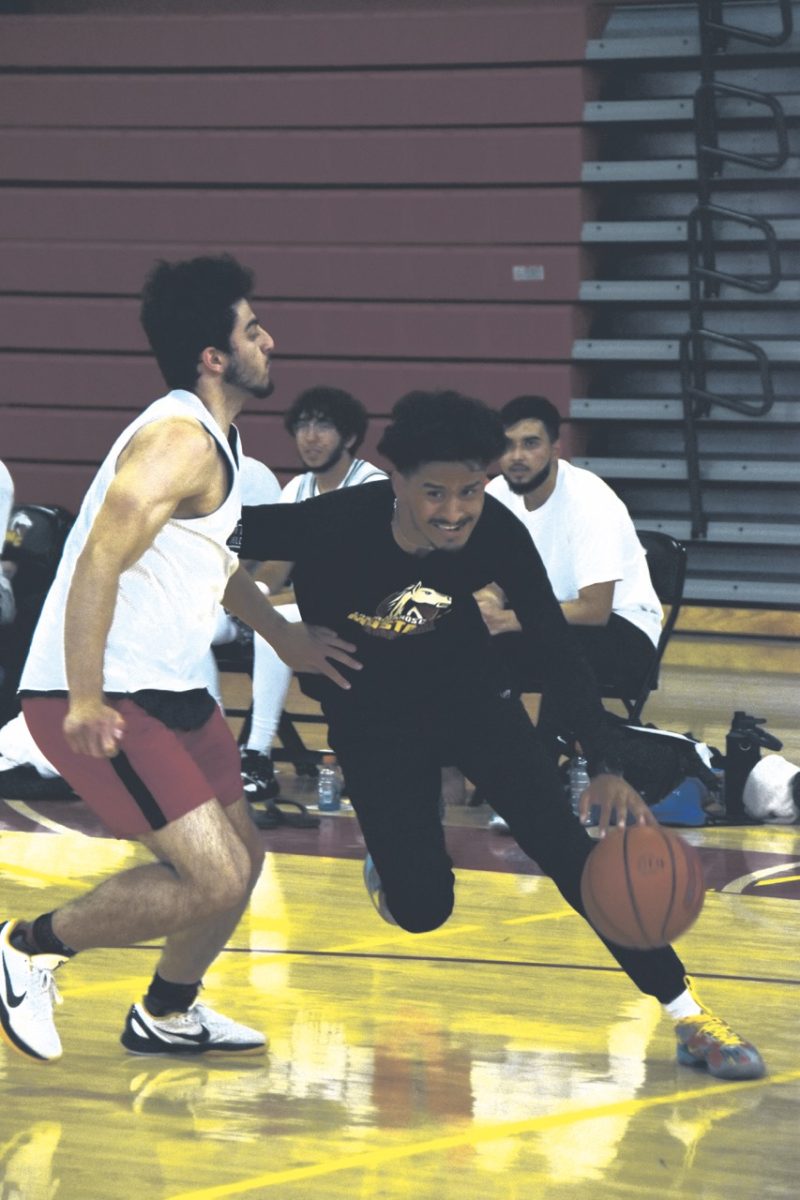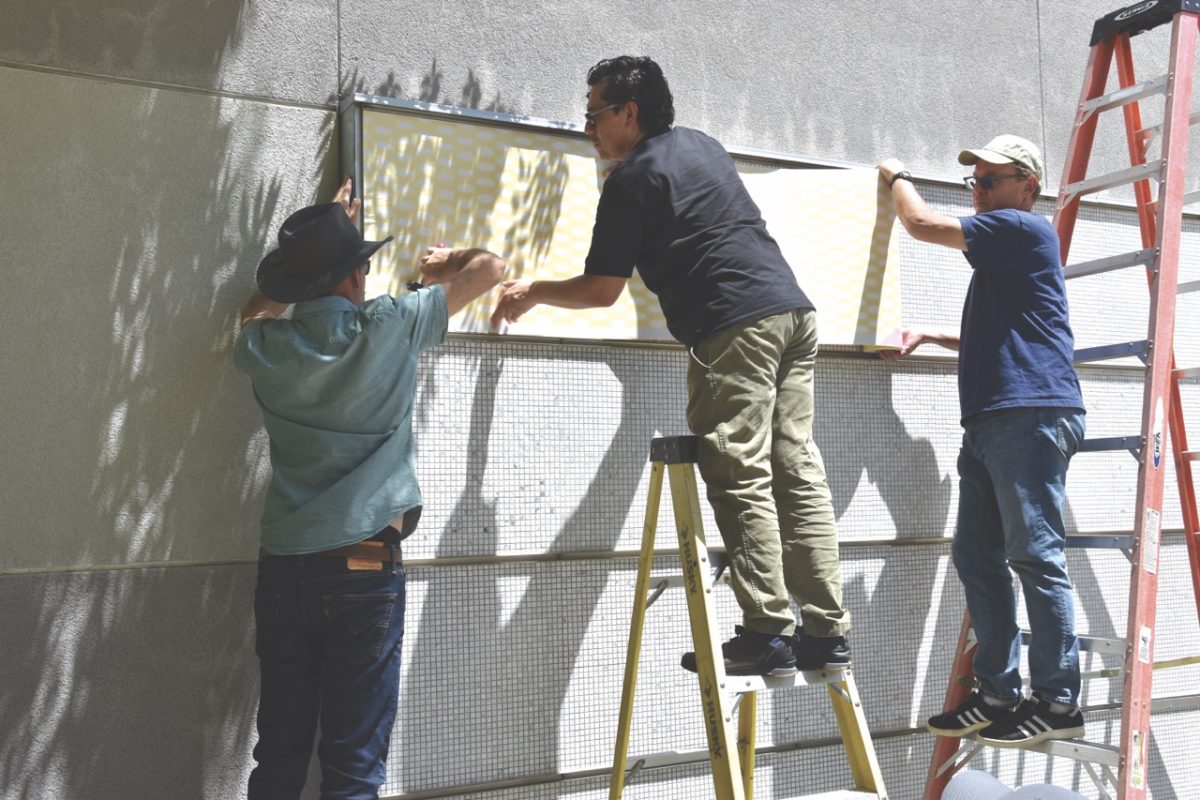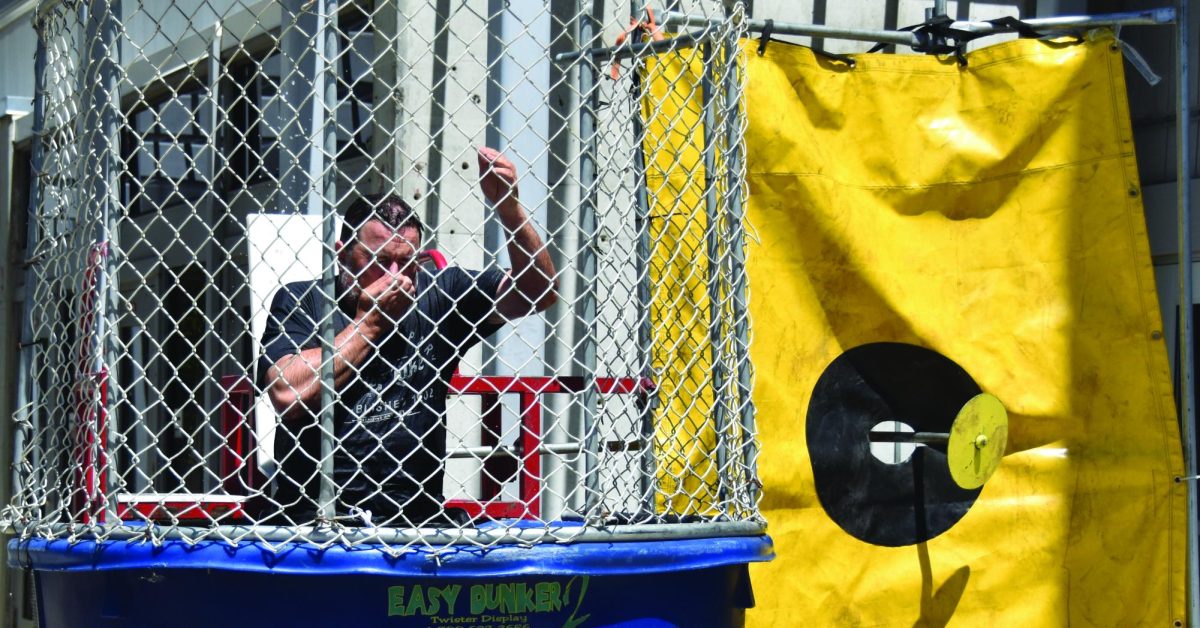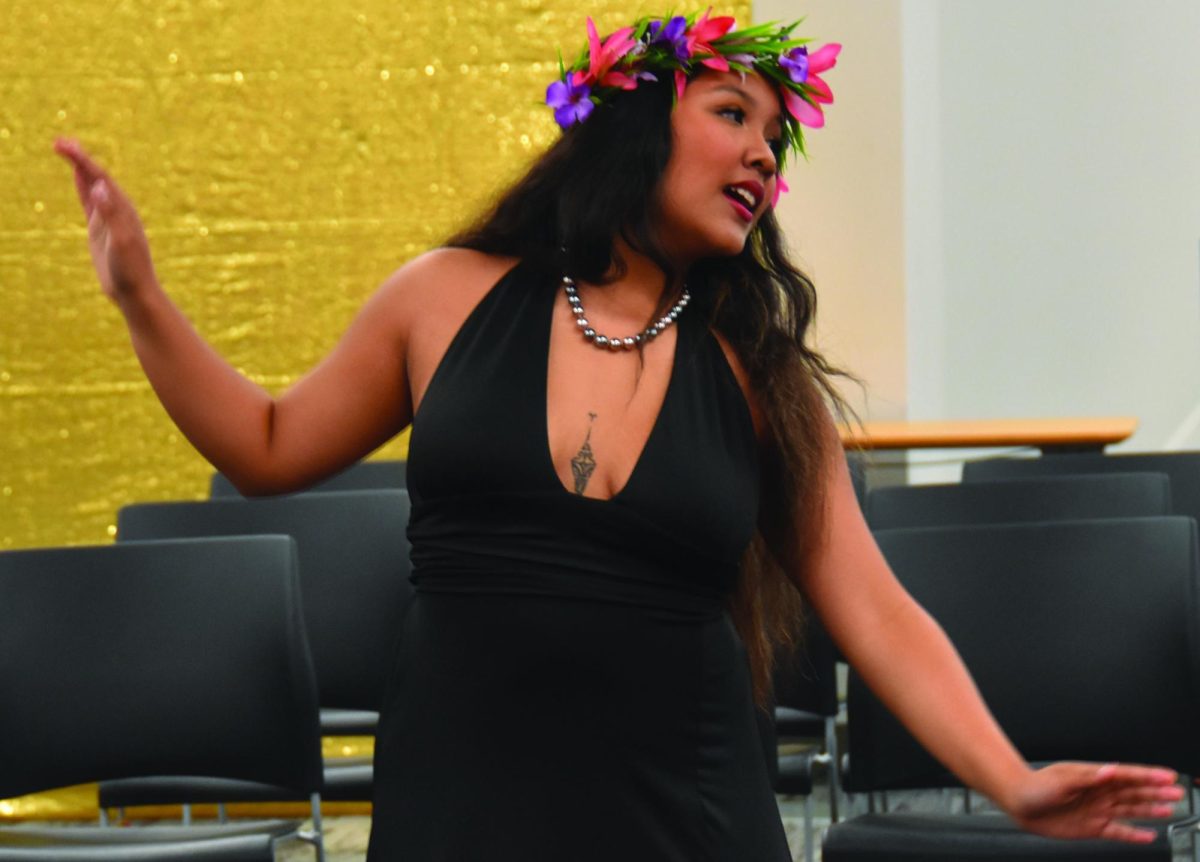Contra Costa County’s younger voters have been most likely to have their mail-in votes rejected because of signatures that don’t match, according to county clerk Steve Weir’s June 6, Primary Election Report. Weir says that in Nov. 2010, younger voters comprised 15 percent of Vote-by-Mail voters, but comprised 50 percent of the signature rejections.
“This is actually a pretty new phenomenon. It really started appearing in 2010’s June election, but I didn’t catch it,” Weir said Oct. 18.
The number of rejected Vote-by-Mail ballots in Contra Costa County is small compared to total mail-in votes that are counted. Of 135,004 mail-in votes cast in the June General Election, 1,716, or 1.27 percent, were rejected for arriving late, having no signature, or for no signature match.
That number may seem insignificant, but rejected absentee ballots have at times out-numbered the margin of decisive votes in close races. Weir says the County Elections Division began collecting data on rejected absentee ballots in 1996 after a California Senate race that was decided by 700 votes, and in which the county elections division had rejected over 3,200 mail-in ballots.
Since then, the elections division has worked to improve the success rate for mail-in voters.
“We put a flyer out, Weir said. “We already tell the voter your signatures gotta match, but we did a graphic and the number came down pretty significantly across the board, but there’s still a spike. That’s why were trying to get the message out that younger people need to pay attention to their signature as a security device.”
The percentage of rejected absentee votes has remained lower than the 3.88 percent recorded in 1996, but the disproportionate rejection of youth votes is among the latest of challenges faced by the county elections division.
“I mean, [the younger] generation. Less inclined to get involved, less inclined to register, less inclined to vote,” Weir said. “It just, kills me when were then rejecting the ballots after you’ve gone through all that trouble.”
Indeed, it does take some effort, and often some free food, to get those less-inclined to register to vote.
LMC’s Big Band played jazz tunes and Local Faculty Union President Jeffrey Michaels barbecued hot dogs in LMC’s quad on Oct. 18, as part of a districtwide voter registration/information drive.
“We’ve barbecued lunch for more than 1000 students, we’ve registered more than 300 students to vote.” Michaels said about the districtwide effort.
LMCAS offered free pizza to potential voters in a registration drive on Oct. 12. Deborah Van Eckhardt, student trustee on the college district governing board, said that more than 100 students registered to vote that day and that many of them signed up for absentee ballots.
“We promoted absentee ballots, because their lives are so busy as students.” Eckhardt said. “Me and my husband have been doing absentee ballots for the last few years.”
Vote by mail use has increased steadily across the U.S. In California, 65% of voters cast mail-in ballots in June 2012, according to The Pew Charitable Trusts.
California’s election code requires that signatures on ballot return envelopes be matched with those from voter registration forms.
“We give the voter the greater benefit of reason.” Weir said. “We really try hard to include them.
In regard to mail in ballots, the code says that it “shall be liberally construed in favor of the voter.”
For example, If a voter uses initials instead of a first or middle name, or both, or leaves initials out, the ballot shall not be invalidated. If the handwriting is similar, the vote is counted.
Voters can check with the county elections division to see the signature on their voter registration form, or they can submit a new form to update their signature. There is a link on the county elections division website where absentee voters can check the status of their ballots, but absentee voters whose ballots are rejected are not notified before the counting of the votes is done.
“We don’t call you up and say hey, we’ve rejected your ballot because a signature, because if it’s fraudulent were not going to give someone a second chance,” Weir said. “If it looks like its a signature thats close, but it’s changing, we send a new [registration] card out saying you want to capture a new signature, but if it’s not close at all were not letting the voter know.”
Weir offered a couple of reasons as to why some younger voter’s signatures don’t match.
“Im thinking that the younger voters haven’t formalized [their signatures]. It may have come out of the registration we saw in the ‘08 election with great interest by younger folks. In two years their signature has changed.” Weir said.
Weir also said that some of the signature rejections result from parents signing their kids ballots.
“They may be dong it with the best of intentions but its not legal,” Weir said. “That kind of has always gone on, but never to produce a spike like this,” Weir said, referring to the recent spike in rejected youth ballots.
So who at the elections division has the job of matching signatures on mail in ballots?
“My staff and I hire temporaries to come back and do that and their supervised at all times by my professional staff,” Weir said.
Signatures are compared in the county elections division building in Martinez. Two digitized signatures, one from the ballot envelope and the other from voter registration forms, appear side by side on computer monitors.
“If someone challenges a signature it goes to a second level. If that is challenged it goes to a third level, because we want to see if we can include it,” Weir said. Sometimes it’s all a mistake. We’ll capture that box off someone else’s affidavit, scanned the wrong one.”
The envelopes are scanned in a warehouse across the street from the central county elections offices.
“Now were using a computer software that looks at 27 points to prescreen the ballots and its including about 2/3, so were now down to looking at about 1/3 of the signatures and most of them are obviously good, but where the aberration is this age group.” Weir said.
Weir’s June 6, Primary Election Report also tells of other challenges the elections division faces with mail-in ballots.
The county failed to meet the federal deadline for mailing ballots to UOCAVA (Uniformed and Overseas Civilian Absentee Voter Act) voters.






